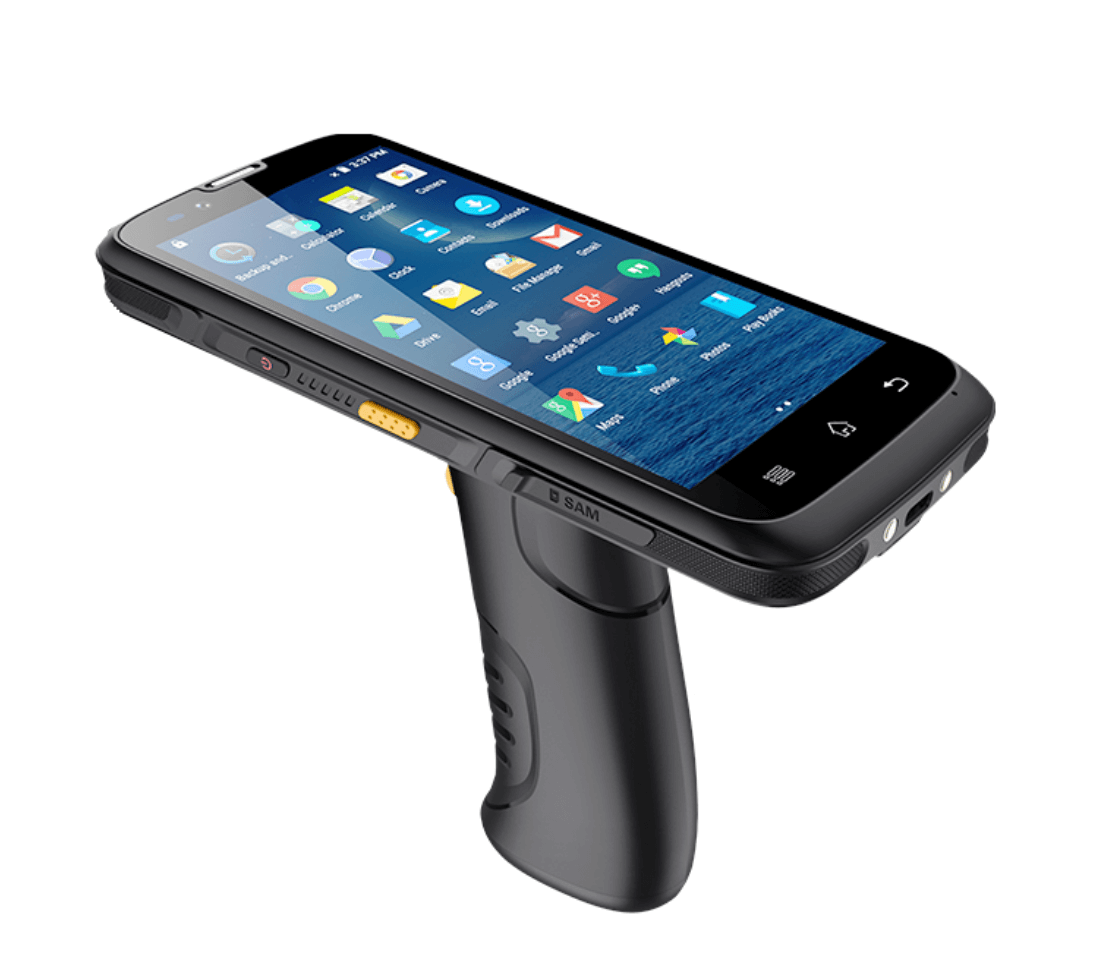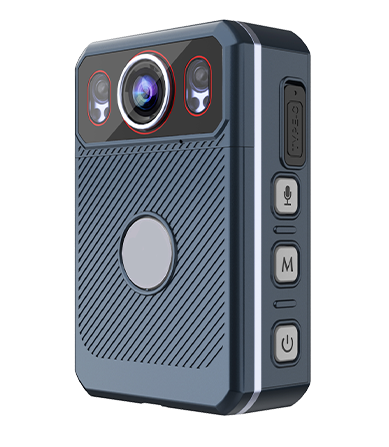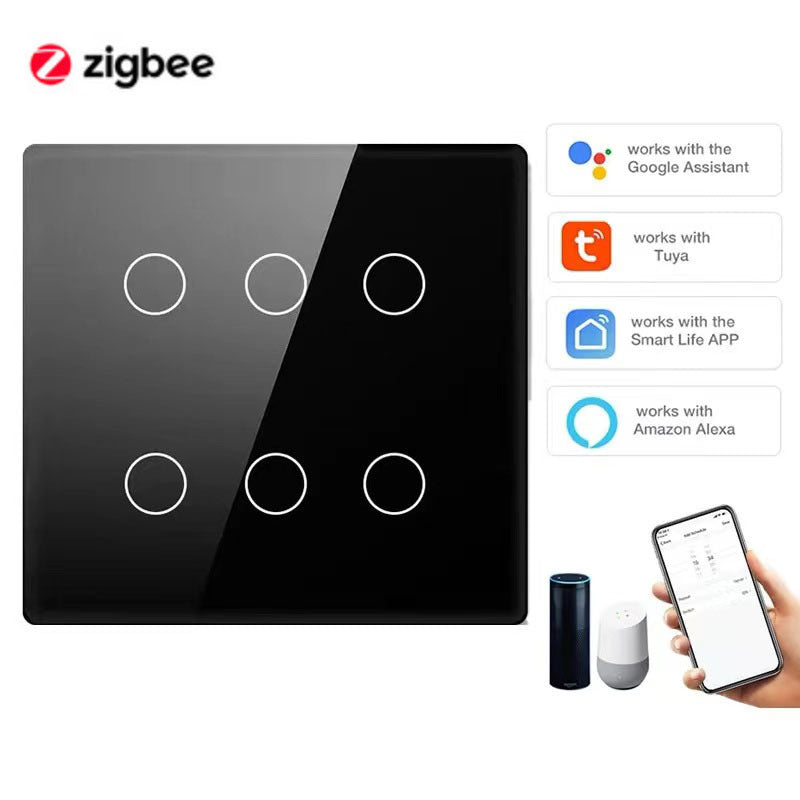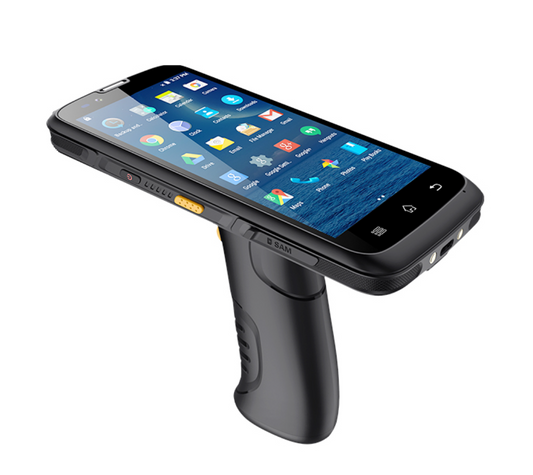The way we pay is evolving rapidly. Gone are the days of fumbling for cash or swiping magnetic stripe cards. Today, Near Field Communication (NFC), contactless payments, and Smart Point-of-Sale (POS) systems are transforming transactions into seamless, secure, and lightning-fast experiences.
From coffee shops to retail giants, businesses are adopting these technologies to enhance customer convenience and streamline operations. This blog explores:
-
How NFC and contactless payments work
-
The rise of Smart POS systems
-
Security advantages over traditional payment methods
-
Real-world adoption trends
-
What the future holds for cashless transactions
1. How NFC & Contactless Payments Work
What is NFC?
NFC (Near Field Communication) is a short-range wireless technology (up to 4 cm) that enables two devices—like a smartphone and a payment terminal—to communicate instantly.
How Contactless Payments Work
-
Tap to Pay – A customer hovers their NFC-enabled card, phone, or wearable over a payment terminal.
-
Encrypted Data Transfer – The terminal reads a tokenized (one-time) version of the card details.
-
Authorization – The payment processor verifies the transaction in milliseconds.
✅ No physical contact (hygienic)
✅ Faster than chip/swipe (~0.5 seconds vs. 3-5 seconds)
✅ Works with smartphones (Apple Pay, Google Pay), cards, and wearables
2. The Rise of Smart POS Systems
Traditional cash registers are being replaced by Smart POS systems—compact, cloud-connected devices that accept multiple payment methods while offering business analytics.
Key Features of Smart POS:
✔ All-in-one payments – NFC, QR codes, mobile wallets, and even cryptocurrency.
✔ Real-time sales tracking – Syncs with inventory and CRM systems.
✔ Portability – Tablets & handheld devices for pop-up shops and tableside payments.
Popular Smart POS Solutions:
-
Square Terminal – Affordable NFC-enabled handheld POS
-
Clover Station – All-in-one countertop system with apps
-
Toast – Restaurant-focused POS with contactless ordering
3. Security: Why Contactless is Safer Than Swiping
Many consumers worry: “Is tapping my card really secure?” The answer is yes—even safer than traditional cards.
Security Advantages:
🔒 Tokenization – Card numbers are replaced with unique, one-time codes.
🔒 No card skimming risk – Unlike magnetic stripes, NFC data is encrypted.
🔒 Biometric authentication – Apple Pay & Google Pay require Face ID/fingerprint.
Myth Buster: "Hackers can steal my data via NFC!"
➜ False. NFC transactions require extremely close proximity, and tokenization prevents actual card details from being exposed.
4. Adoption Trends: Who’s Going Cashless?
Consumer Demand
-
65% of shoppers prefer contactless payments (Visa, 2023).
-
Post-pandemic shift – Hygiene concerns accelerated NFC adoption.
Business Benefits
-
Faster checkout – Reduces queue times (Starbucks saw a 20% speed boost).
-
Higher tips – Contactless prompts increase tip amounts by 10-15% (Square data).
-
Global expansion – Europe leads (80% of card transactions are contactless), with the US catching up rapidly.
Industries Embracing NFC & Smart POS:
-
Retail – Walmart, Target, and small businesses using Square.
-
Food & Beverage – McDonald’s, Sweetgreen (100% cashless).
-
Transportation – London Underground, NYC OMNY accept NFC.
5. The Future: What’s Next for Contactless Payments?
1. Wearable Payments
-
Smart rings (McLear), watches (Garmin Pay), even clothing will replace wallets.
2. Biometric POS Systems
-
Palm scanning (Amazon One) – Pay with your hand at Whole Foods.
-
Facial recognition payments – Already live in China (Alipay FacePay).
3. Cryptocurrency & CBDC Integration
-
Bitcoin Lightning Network – Fast NFC-based crypto payments.
-
Central Bank Digital Currencies (CBDCs) – Governments testing digital cash alternatives.
4. Smart Cities & IoT Payments
-
Automatic tolls, parking meters, and vending machines will use NFC.
Conclusion: The Cashless Revolution is Here
NFC, contactless payments, and Smart POS systems are not just a trend—they’re the new standard. Businesses that adopt these technologies gain:
✔ Faster transactions
✔ Better security
✔ Higher customer satisfaction
For consumers, tapping to pay is convenient, secure, and here to stay. As biometrics, wearables, and blockchain further evolve, the future of payments will be completely seamless.











